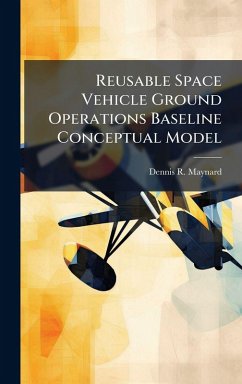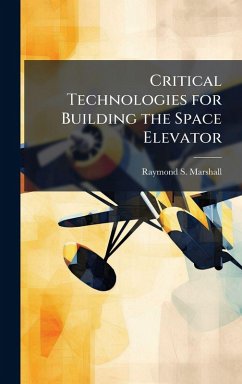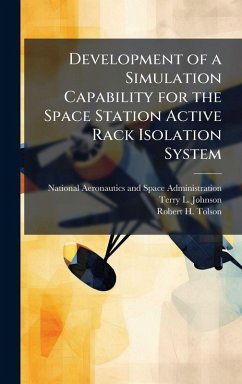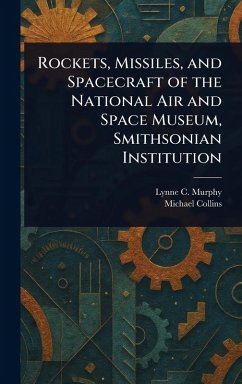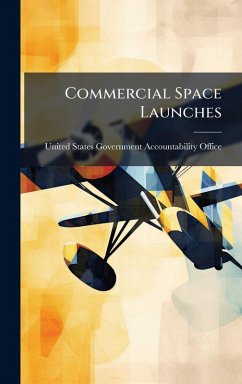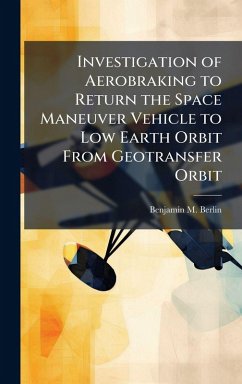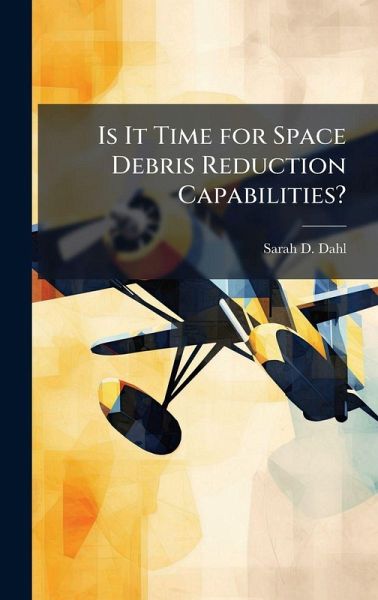
Is It Time for Space Debris Reduction Capabilities?
Versandkostenfrei!
Versandfertig in über 4 Wochen
26,99 €
inkl. MwSt.
Weitere Ausgaben:

PAYBACK Punkte
13 °P sammeln!
For over 50 years, space-faring nations have launched objects into space, resulting in the significant accumulation of debris. The amount of launches and debris-causing events outpaces the current removal rates for debris in the protected regions of Low Earth and Geosynchronous Orbits. Thus, it appears the space debris problem is increasing. Currently, debris must be larger than 10-cm in diameter to be tracked reliably. Existing treaties are outdated and in need of revision to include space debris and enforcement. Given the increasing amount of debris in space, it is time to assess whether red...
For over 50 years, space-faring nations have launched objects into space, resulting in the significant accumulation of debris. The amount of launches and debris-causing events outpaces the current removal rates for debris in the protected regions of Low Earth and Geosynchronous Orbits. Thus, it appears the space debris problem is increasing. Currently, debris must be larger than 10-cm in diameter to be tracked reliably. Existing treaties are outdated and in need of revision to include space debris and enforcement. Given the increasing amount of debris in space, it is time to assess whether reduction/removal capabilities are required to resolve the problem. This work has been selected by scholars as being culturally important, and is part of the knowledge base of civilization as we know it. This work was reproduced from the original artifact, and remains as true to the original work as possible. Therefore, you will see the original copyright references, library stamps (as most of these works have been housed in our most important libraries around the world), and other notations in the work. This work is in the public domain in the United States of America, and possibly other nations. Within the United States, you may freely copy and distribute this work, as no entity (individual or corporate) has a copyright on the body of the work. As a reproduction of a historical artifact, this work may contain missing or blurred pages, poor pictures, errant marks, etc. Scholars believe, and we concur, that this work is important enough to be preserved, reproduced, and made generally available to the public. We appreciate your support of the preservation process, and thank you for being an important part of keeping this knowledge alive and relevant.



